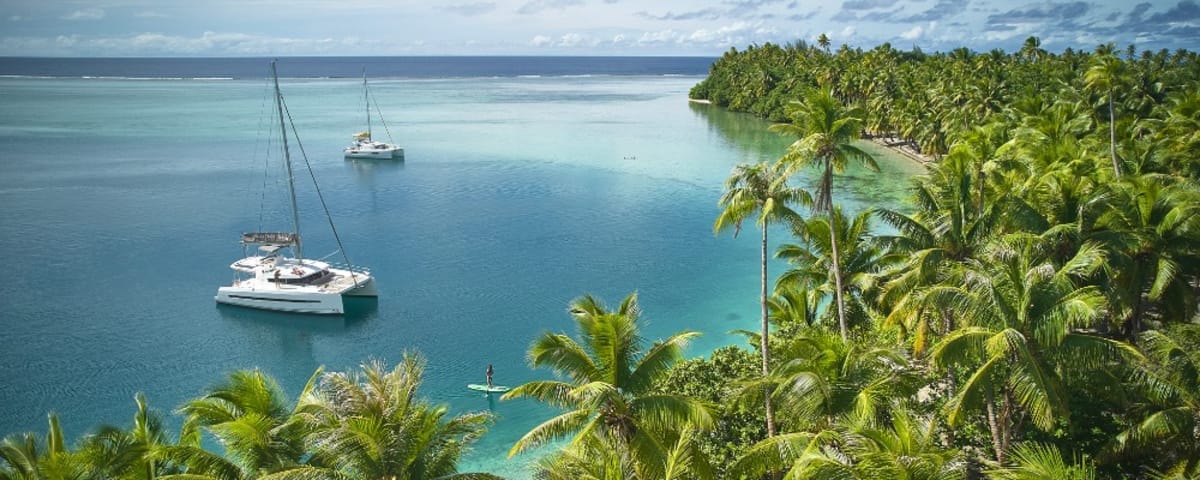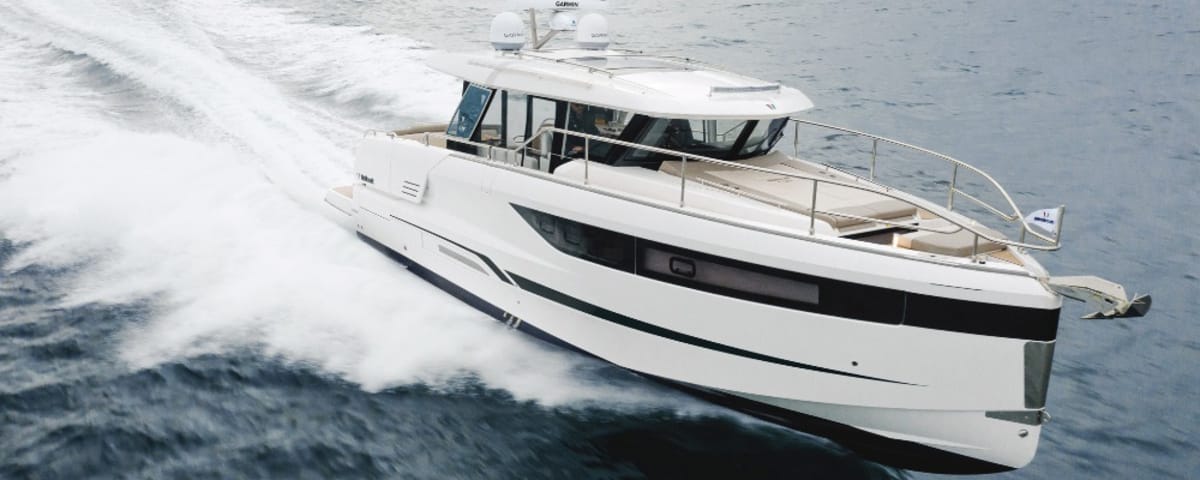Slowing Down After Years of Euphoria
The years 2020-2022 were marked by a real buying frenzy, fueled by the health crisis. Travel restrictions and the search for escape led thousands of Americans to turn to recreational boating, leading to a spectacular increase in new boat sales. Shipyards were even struggling to keep up, lengthening delivery times.
But this golden age seems to be over. In 2023, an initial downturn was observed, and 2024 confirms this downward trend. Rising interest rates, economic slowdown, and persistent inflation have cooled buyers’ enthusiasm.
Which Segments Are Most Impacted?
The decline in sales does not affect all categories of boats in the same way.
- Small Units (less than 26 feet): These boats, which represent 95% of the American market, are more resilient. Their transportable nature and more accessible cost continue to attract a large clientele. However, even this segment is experiencing a slight erosion.
- Yachts and Large Units: The high-end market is the one that suffers the most. With prices reaching several hundred thousand dollars, buyers are more hesitant to commit, especially with less favorable financing conditions.
- Electric Boats: This emerging segment continues to progress, driven by environmental regulations and the attraction to more sustainable solutions. However, it remains a minority compared to traditional combustion engine models.
Challenges for the Nautical Industry
Faced with this situation, the entire industry must adapt. Here are the main strategies put in place to counter the decline in sales:
- Promotions and Favorable Financing: Some dealers offer discounts or reduced interest rates to encourage purchases. Leasing offers are also developing to attract a new clientele.
- An Increase in More Ecological Boats: The electrification of boating is accelerating, although the market is still in the adaptation phase. Manufacturers are focusing on more energy-efficient models that comply with new environmental regulations.
- A Dynamic Second-Hand Market: The decline in new boats benefits the second-hand market, where sales remain robust. Some buyers prefer to turn to recent but used models to avoid price increases and manufacturing delays.
Marina de Los Angeles© AdobeStock
An Uncertain Future, But Not Catastrophic
While the market is experiencing a notable decline, it is not collapsing altogether. The United States has 11.8 million registered boats, proof of a still solid base of boaters. The desire to navigate does not disappear, but it adjusts to the new economic realities.
The American nautical industry will have to be agile and innovative to weather this storm. The evolution of consumption patterns, the rise of shared boating, and subscription offers could also shape the market of tomorrow. One thing is certain: the sector has already overcome crises, and it will, once again, rebound.
Enjoyed this post by Thibault Helle? Subscribe for more insights and updates straight from the source.


